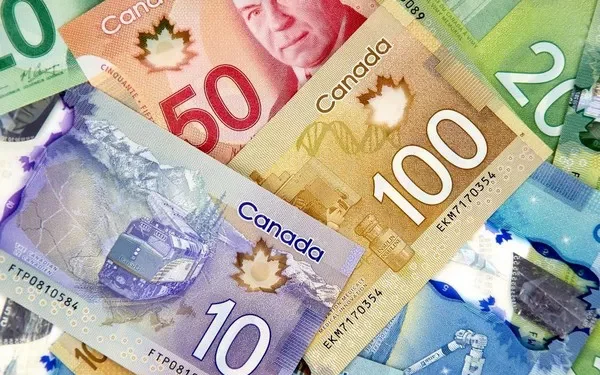The Bank of Canada is a vital financial institution that serves as the central bank of Canada. It was established in 1934, and since then, it has played a critical role in shaping the Canadian economy. Despite its importance, there have always been questions about the ownership of the Bank of Canada. In this article, we explore who owns the Bank of Canada and what implications this has for the Canadian economy.
Firstly, it is essential to note that the Bank of Canada is a publicly owned institution. The Government of Canada is the sole shareholder of the bank. This means that the people of Canada own the Bank of Canada. However, this does not necessarily mean that the government has complete control over the bank’s operations. Below are some key factors that affect the ownership of the Bank of Canada:
Board of Directors
The Board of Directors is responsible for overseeing the management and operation of the Bank of Canada. The board comprises a governor, senior deputy governor, and twelve independent directors. The governor and senior deputy governor are appointed by the government and are accountable to the Minister of Finance. On the other hand, independent directors are appointed by the Bank’s board and represent a diverse range of sectors, including academia, finance, law, and business.
- The governor and senior deputy governor are accountable to the Minister of Finance, but they are responsible for the day-to-day management of the Bank of Canada.
- Independent directors bring a diverse range of expertise to the bank and ensure that the interests of all stakeholders are represented.
Monetary Policy
One of the primary functions of the Bank of Canada is to implement monetary policy. The bank’s monetary policy objective is to keep inflation low, stable, and predictable. To achieve this objective, the Bank of Canada sets an interest rate target, which influences borrowing costs and ultimately affects the economy’s overall performance.
- The government provides the Bank of Canada with its monetary policy mandate, but the bank has operational independence in implementing this mandate.
- The bank’s decisions regarding interest rates are made by the Governing Council, which is composed of the governor, senior deputy governor, and four deputy governors.
Financial Stability
Another critical function of the Bank of Canada is to promote financial stability in Canada. This includes monitoring and assessing the risks to the financial system and taking action when necessary to ensure that the system remains stable and resilient.
- The government gives the Bank of Canada responsibility for promoting financial stability, but the bank has operational independence in fulfilling this mandate.
- The bank works closely with other regulatory agencies, such as the Office of the Superintendent of Financial Institutions (OSFI), to ensure that the financial system remains stable.
In conclusion, the Bank of Canada is a publicly owned institution that is accountable to the people of Canada through the government. However, the bank has operational independence in carrying out its mandate, including implementing monetary policy and promoting financial stability. The board of directors, including the governor and senior deputy governor appointed by the government and independent directors, oversee the bank’s management and operations.
Overall, understanding the ownership of the Bank of Canada is essential for Canadians who want to understand how the economy operates and how decisions made by the bank affect their lives. By providing transparency and accountability, the Bank of Canada can continue to play a crucial role in promoting economic growth and stability in Canada.
Related Topics:
- Understanding the BOC Qualifying Rate: An Overview
- The Role and Functioning of the BOC: An Overview
- Understanding BOC Prime Rate: You Need to Know
- Canadian inflation moderately down: BOC may be happy

























